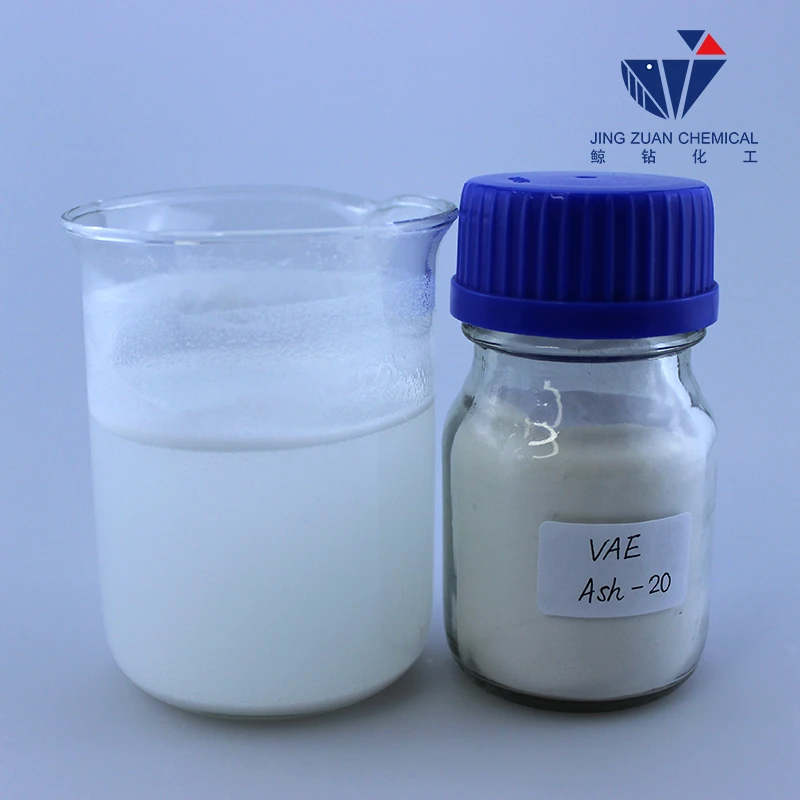
Noy . 16, 2024 14:42 Back to list
cellulose ether hpmc
Understanding Cellulose Ether Focus on Hydroxypropyl Methylcellulose (HPMC)
Cellulose derivatives have garnered significant attention in various industries due to their versatile properties and wide range of applications. Among these derivatives, Hydroxypropyl Methylcellulose (HPMC) stands out as a crucial cellulose ether that is extensively used in pharmaceuticals, food applications, cosmetics, and construction materials. This article delves into the characteristics, applications, and benefits of HPMC.
What is HPMC?
Hydroxypropyl Methylcellulose is a semi-synthetic polymer derived from cellulose, a natural polymer found in the cell walls of plants. The structure of HPMC is modified by introducing hydroxypropyl and methyl groups into the cellulose backbone. This modification enhances the solubility of cellulose in water and alters the viscosity, allowing HPMC to perform various functions depending on its concentration.
Properties of HPMC
One of the most notable properties of HPMC is its ability to form a gel when mixed with water. The viscosity of HPMC solutions can be tailored by adjusting the degree of substitution (the ratio of hydroxypropyl and methyl groups), which makes HPMC an ideal thickening agent. Furthermore, HPMC is non-toxic, biodegradable, and has a high degree of chemical stability, making it suitable for numerous applications.
In addition to its gelling properties, HPMC is also known for its film-forming capabilities. When applied as a coating, it can enhance moisture retention and provide an effective barrier against air and contaminants. Its non-ionic nature allows it to be compatible with a wide range of other ingredients, making it adaptable for different formulations.
Applications of HPMC
1. Pharmaceuticals In the pharmaceutical industry, HPMC is widely used as a binder and film-former in tablets and capsules. It helps improve the release profile of active ingredients, ensuring more consistent dosing and better bioavailability. HPMC is particularly beneficial for controlled-release formulations, where it can modulate the drug release rate to maintain therapeutic levels over an extended period.
cellulose ether hpmc

2. Food Industry HPMC is also recognized for its emulsifying and stabilizing properties in the food sector. It is used as a thickening agent in sauces, dressings, and dairy products, providing a desirable texture and enhancing mouthfeel. Additionally, HPMC acts as a gluten substitute in gluten-free baking, helping to improve dough elasticity and overall texture.
3. Cosmetics and Personal Care In cosmetics, HPMC serves as a thickener and emulsifier, stabilizing creams, lotions, and gels. Its moisturizing properties make it beneficial for skincare products, as it helps retain moisture and improve the product's sensory attributes. HPMC is also widely used in hair styling products as a film-forming agent, providing hold without stiffness.
4. Construction The construction industry utilizes HPMC as an additive in cement-based products, including tile adhesives and joint compounds. It enhances workability, water retention, and adhesion properties, making it crucial for improved efficiency and performance in construction applications.
Benefits of Using HPMC
The adoption of Hydroxypropyl Methylcellulose presents numerous benefits to industries utilizing this versatile compound. Firstly, its non-toxic nature ensures safety for both consumers and manufacturers, making it an ideal choice for applications involving food and pharmaceuticals. Moreover, its biodegradability aligns with the increasing demand for sustainable ingredients in various products.
Additionally, HPMC’s exceptional adaptability allows formulators to tailor products with precision, achieving desired textures and functions while maintaining quality. As regulations surrounding health and safety become stricter, the popularity of HPMC is likely to grow, reinforcing its status as an indispensable ingredient in multiple sectors.
Conclusion
Hydroxypropyl Methylcellulose is a remarkable cellulose ether with diverse applications spanning various industries. Its unique properties, such as gel formation, viscosity modulation, and film-forming capabilities, allow for significant enhancements in product formulations. As industries seek safer, more sustainable alternatives, HPMC continues to be an essential choice, ensuring its role in innovation and quality assurance across many sectors.
-
Versatile Hpmc Uses in Different Industries
NewsJun.19,2025
-
Redispersible Powder's Role in Enhancing Durability of Construction Products
NewsJun.19,2025
-
Hydroxyethyl Cellulose Applications Driving Green Industrial Processes
NewsJun.19,2025
-
Exploring Different Redispersible Polymer Powder
NewsJun.19,2025
-
Choosing the Right Mortar Bonding Agent
NewsJun.19,2025
-
Applications and Significance of China Hpmc in Modern Industries
NewsJun.19,2025







